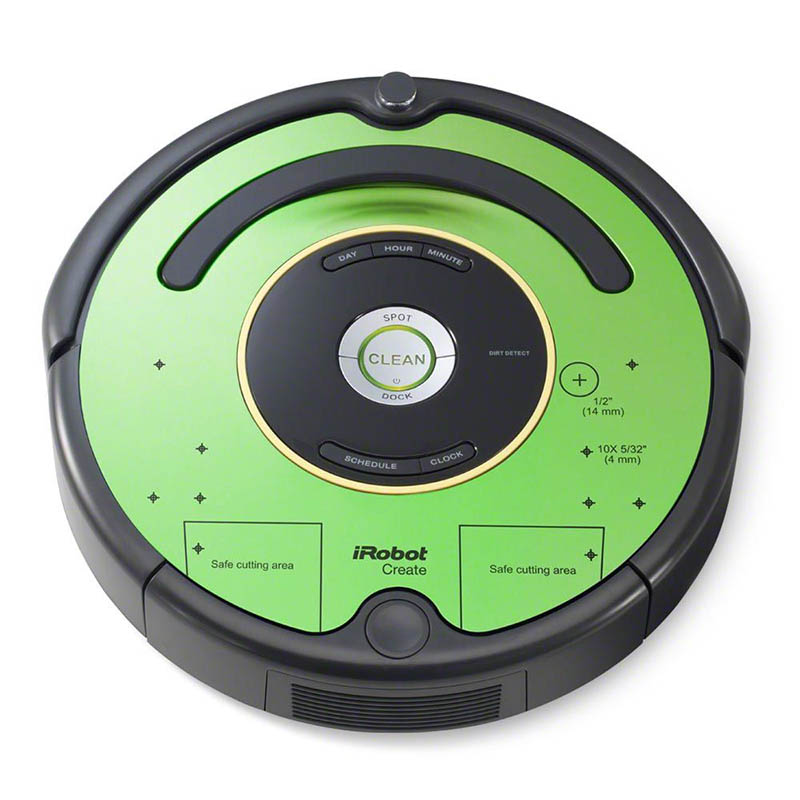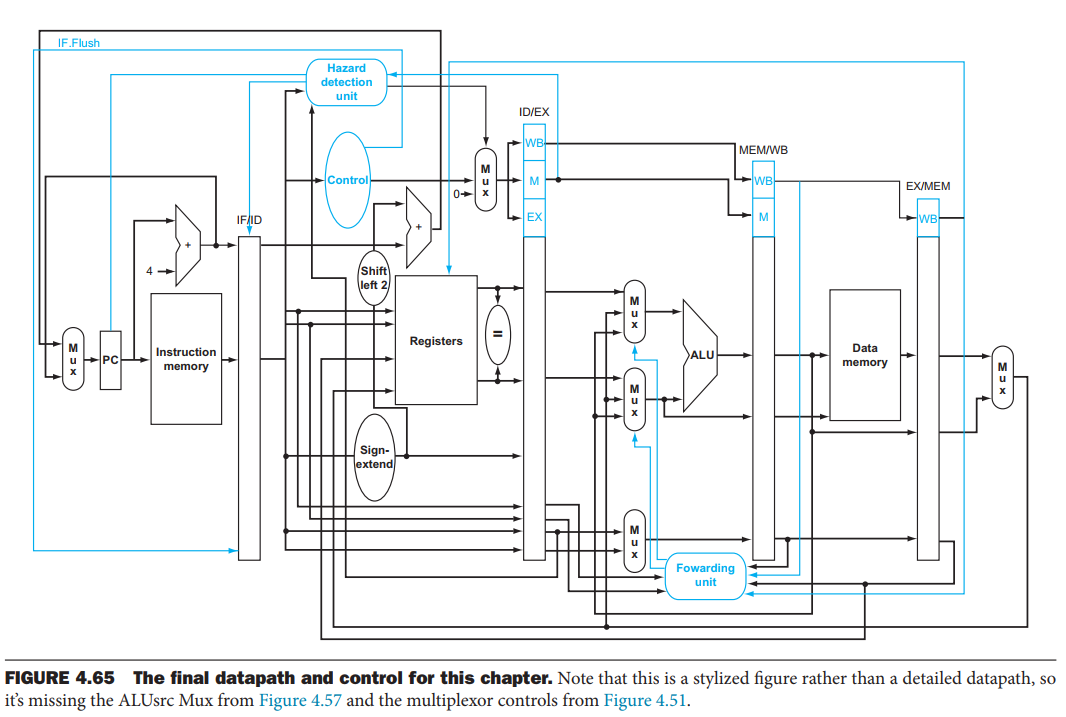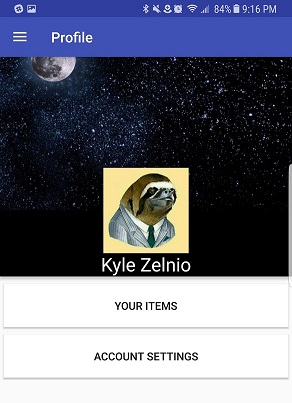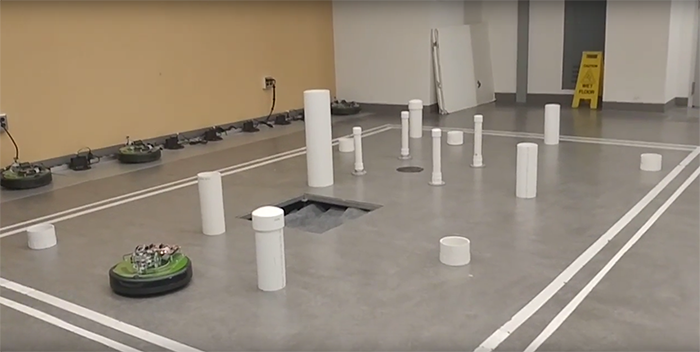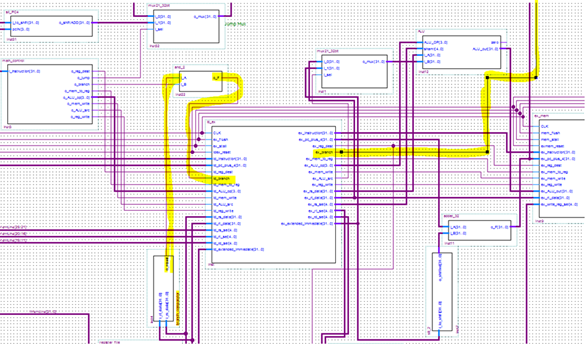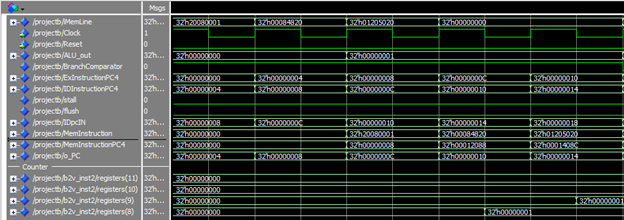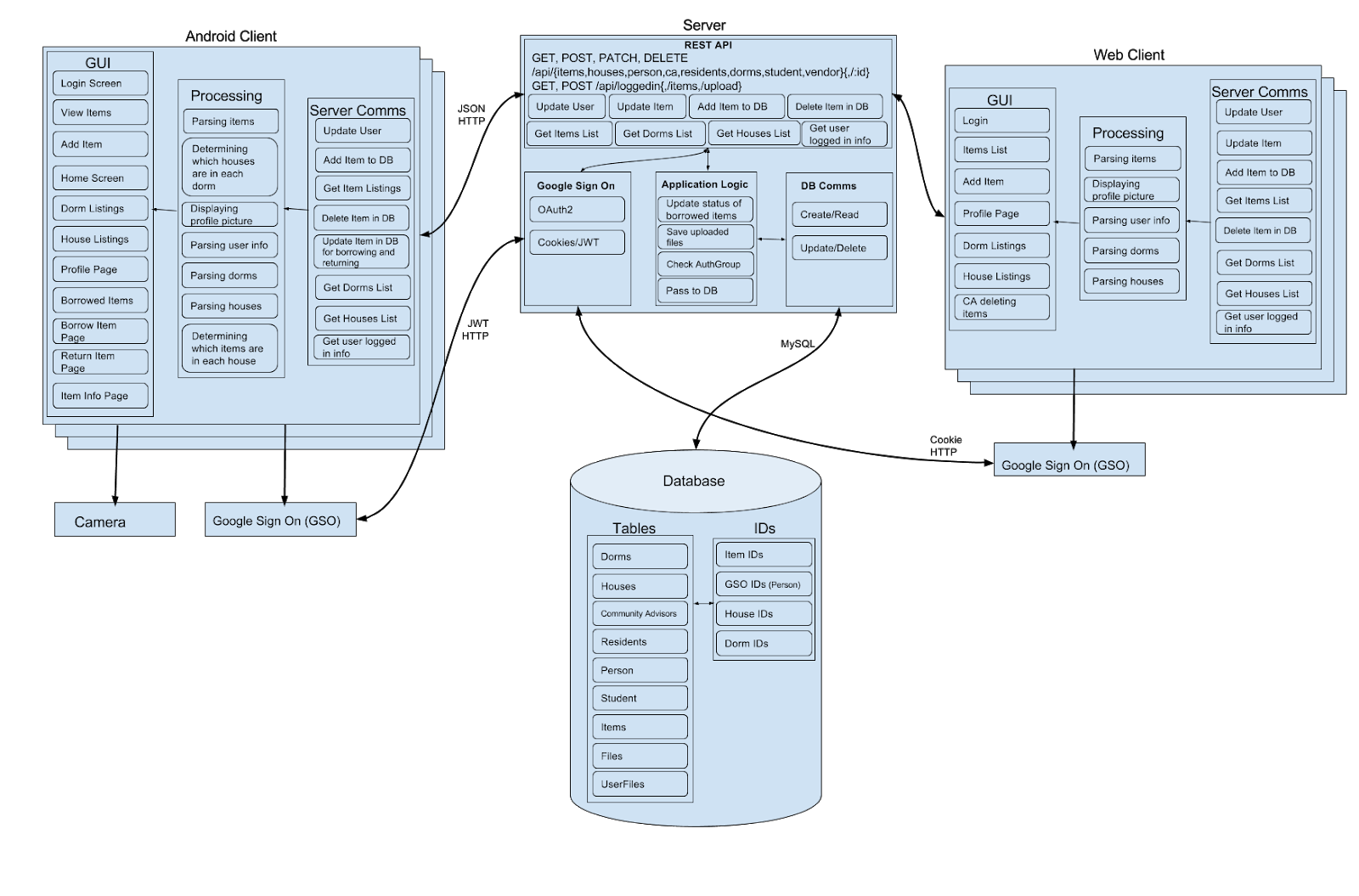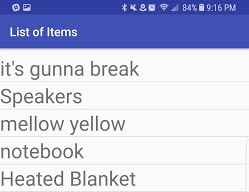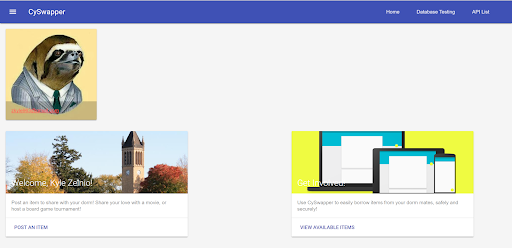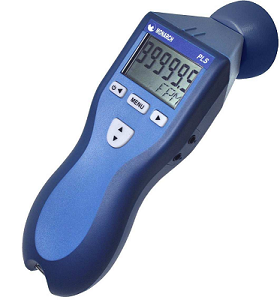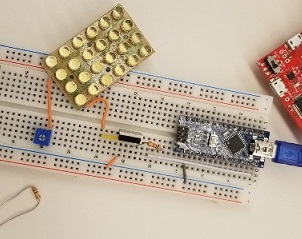General Education Reflection
Throughout my career at Iowa State I have taken several classes that weren't directly related to Computer Engineering and had more of a specific focus.
Each class that I took gave me insight on how I might take my career into different fields about the world. However where my main influence came from the work experience throughout my four years.
My work experience showed me how mundane working from a desk can be when you are shoved into a corner typing all day. What really interests me is when my project involves moving around and developing for different departments of the same company.
Throughout my Summer at Sears, I was able to design websites for HR and go around the shop floor testing these websites and troubleshooting on spot with the long term employees.
Being able to move around and see how the company works from the inside kept me on my feet and gave me a new challenge that I faced head on each day.
What my general education actually taught me is how to view a problem from a non-engineering viewpoint. For instance, in my first year I took a Human Development and Life Sciences course.
This class showed me how each person may view a problem much different compared to me depending on their life experiences which you have to accept and it doesn't hurt to take a step back sometimes and view the world from someone else's shoes.
I also took a Russian folk lore class that went through the different folk tales and stories and how they developed overtime and morphed into what they are today.
This is surprisingly similar to how technology in my field of study moves throughout time and is passed down from generation to generation.
Almost every class that I took that wasn't directly related to Computer Engineering has taught me to look past the face value of the problem and understand the original goal.
These classes taught me good ethics behind working with other people working past each other differences to improve the world one computer at a time.
Cumulative Reflection
There was so much to learn in four years at Iowa State, but I think my education here will provide me with adequate experience to move directly into the working world.
Each group project that I have worked on for Computer Engineering has focused on Ethics and the design process with a more professional tone being focused in Senior Design as we are actually working with a real client.
From the weekly meeting with our TA in our CySwapper project it showed us how each design decision can effect the whole project and that it is really easy to go unnoticed without an outside view.
Every group that I was in found this especially difficult because we always became close friends by the end of the first week, but didn't stop us from understanding how to solve problems within our own team management.
Parks Library was a huge resource for me in my four years at Iowa State because of the time I spent there working for ITS. Working for ITS allowed me to meet people that have similar interests in Computer Engineering.
These connections formed study groups and shared outside knowledge from classes we haven't had the chance to take yet, but still gave each other great insight into what home project we should look into before moving on to the next semester.
Coover, the main Computer Engineering building, sheltered me for many late nights pumping out programs for Computer Science, compiling processors on FPGAs, or even remotely controlling programmable roombas.
Every lab I and every other Computer Engineering student has had was held in Coover and the best engineering memories come from inside this building.
My first two and a half years I was in a group called Made to Innovate, specifically CyNest, where we were trying to design an autonomous quadcopter that could swap batteries on the fly.
This class gave me my first look into how the professional projects are managed from proposals to bills of material to design reviews.
Without CyNest and the massive amount of good connections made in that class I don't think I would feel as prepared for the industry, this feeling is continually backed-up by the curriculum in Senior Design.
From creating servers to host Android REST Apis to developing circuits by hand for clients that were assigned us as developers I think that you can never stop learning at Iowa State University.
I cannot recall a dull moment from any semester where I wasn't excited for the next lab or was trying to work ahead in my material at home because I needed to help out my friends with the homework.
If I had to re-do my whole experience here at Iowa State I don't think I could find a single thing to change.
